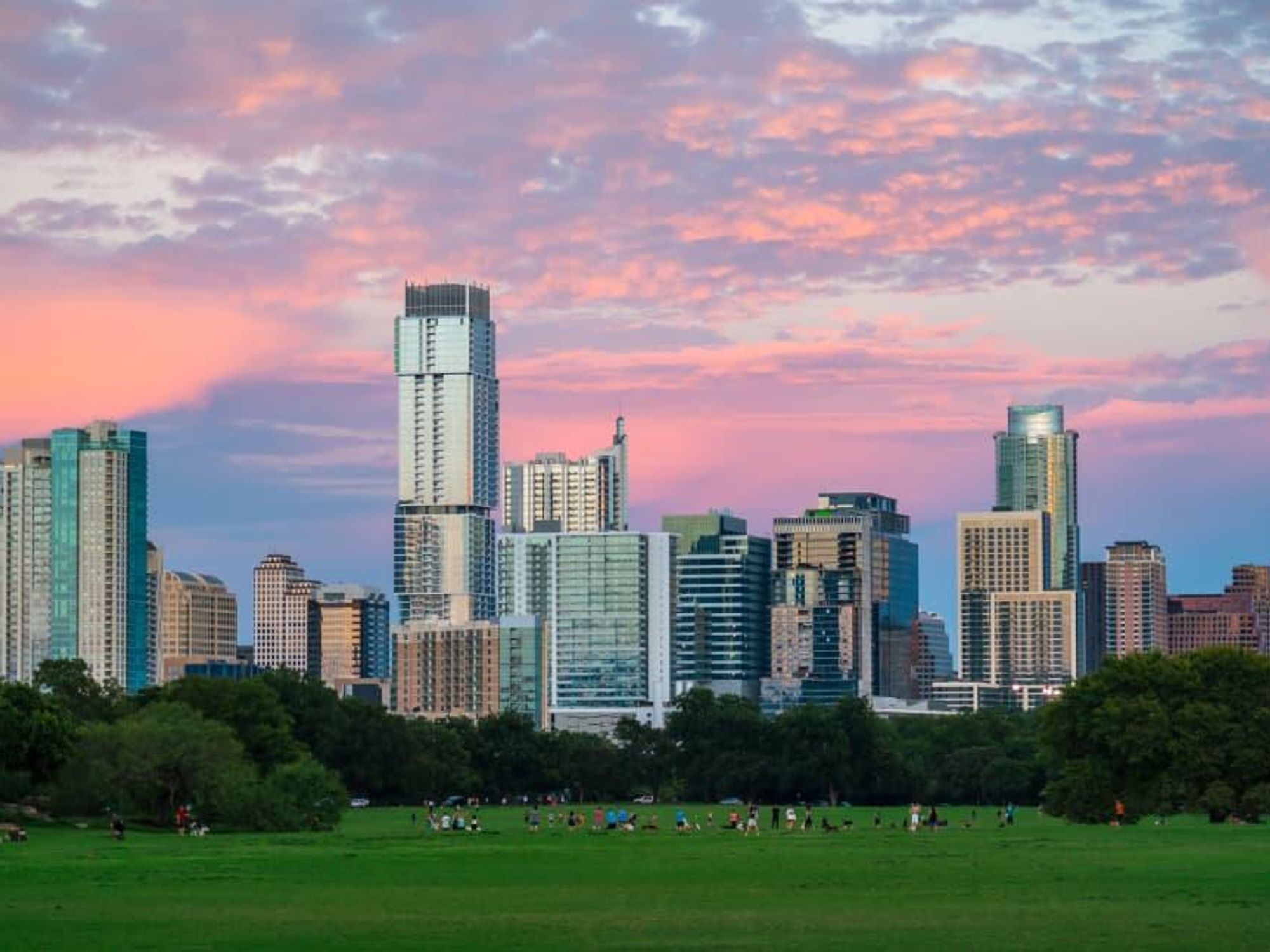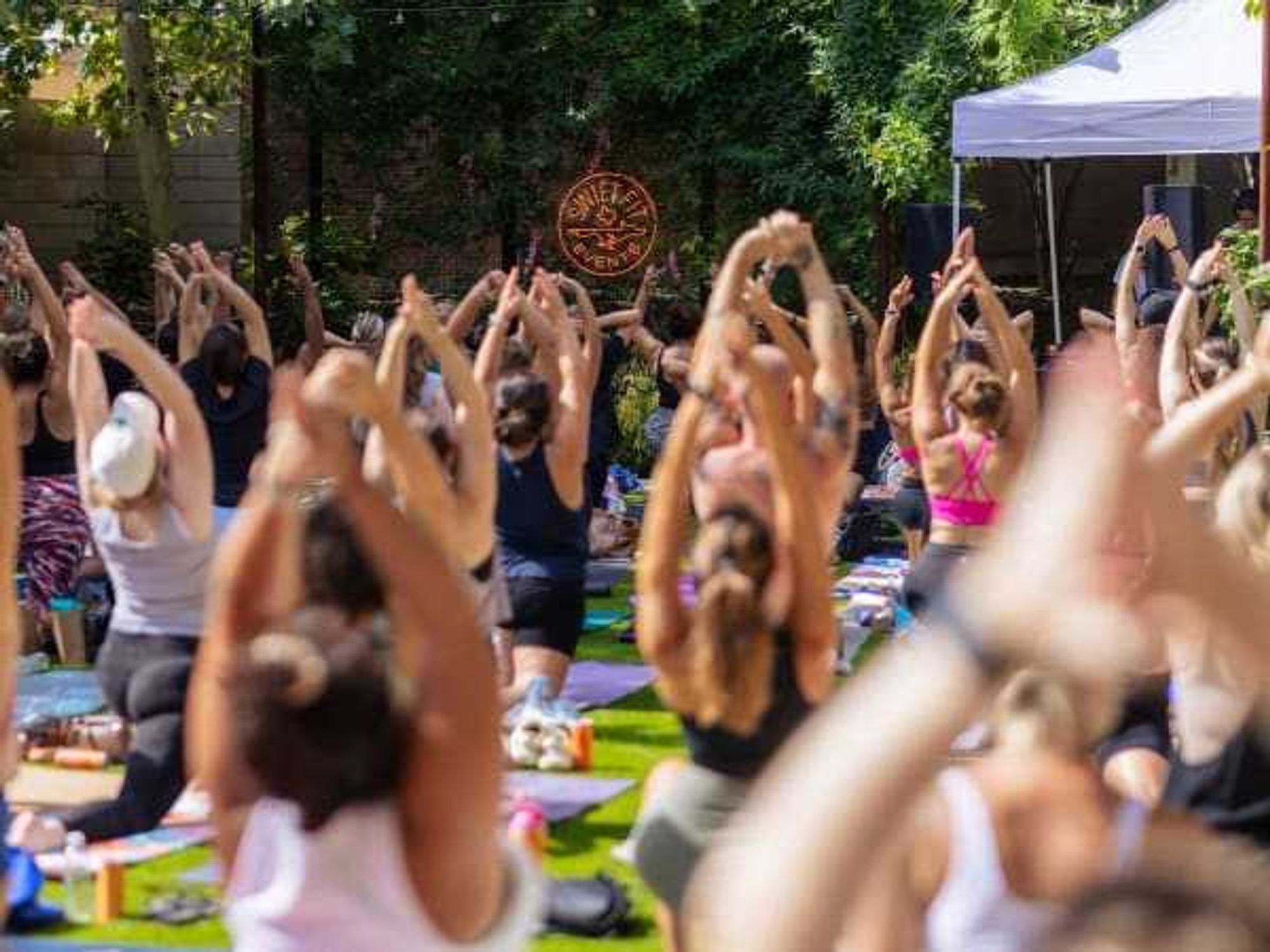Major Milestones
Austin population to explode past 1 million by summer, demographer says

As predicted last year, Austin is likely to surpass 1 million residents in 2020. Now, the city demographer says it's just months away from hitting that mark.
As of January 1, Austin was home to 996,369 people, according to a new estimate from Austin City Demographer Ryan Robinson. By now, that number has gone higher. But wherever the figure stands at this point, Robinson predicts Austin’s population will reach 1 million by June. That’s less than 4,000 people below the current level.
“I’ve always thought we’d breach the 1 million mark as a city just prior to April 1, which is Census Day, but I’ve since cooled on making it by then — maybe I’m simply hedging my bet,” Robinson tells CultureMap.
Every 10 years, the U.S. Census Bureau conducts a nationwide headcount. The bureau is gearing up for the 2020 census and will use April 1 as a reference point for the demographic data that it collects.
A Census Bureau estimate shows Austin had 964,254 residents as of July 2018, making it the country’s 11th largest city. The top 10 cities all boast populations of 1 million or more. This includes Houston (2,325,502), San Antonio (1,532,233), and Dallas (1,345,047). So, once Austin crosses the 1 million threshold, it’ll become the fourth Texas city with at least 1 million residents.
“The significance is basically symbolic, but it’s a big deal,” Robinson says. “There’s just something special about the 1 million figure.”
From 2010 to 2018, Census Bureau figures show Austin posted the second highest growth rate among the 50 biggest U.S. cities — 22 percent. Only Seattle (22.4 percent) grew faster in that period.
On a percentage basis, though, Austin’s population growth recently has lagged that of the suburbs, in large part because of the city’s soaring home prices. Georgetown’s population shot up 5.2 percent from July 2017 to July 2018, the Census Bureau says, putting it at No. 7 among the fastest-growing U.S. cities with at least 50,000 residents. Round Rock ranked 15th, recording a one-year growth rate of 4.3 percent. During the same period, Austin’s population increased 1.4 percent.
From 2010 to 2018, Hays County — whose suburbs include Buda, Kyle, and San Marcos — ranked No. 2 for growth among U.S. counties (41.7 percent), the Census Bureau says. The population of the five-county Austin metro area rose 26.3 percent during that span, making it the country’s third-fastest-growing metro.
So what's accounting for Austin's booming suburbs? Affordability.
“Limited and pricey housing within the urban core is driving residents to relocate to the suburbs,” Kevin Scanlan, president of the Austin Board of Realtors, said in a December release.
From November 2018 to November 2019, the median price of a single-family home in Hays County was $260,000, according to the Austin Board of Realtors. During the same period, the median price for a single-family home in Williamson County actually dipped 0.4 percent to $278,000.
By comparison, the Austin Board of Realtors says, the median price for a single-family home within Austin’s city limits skyrocketed 10.6 percent to $405,000 — the highest November median price ever recorded in Austin.
